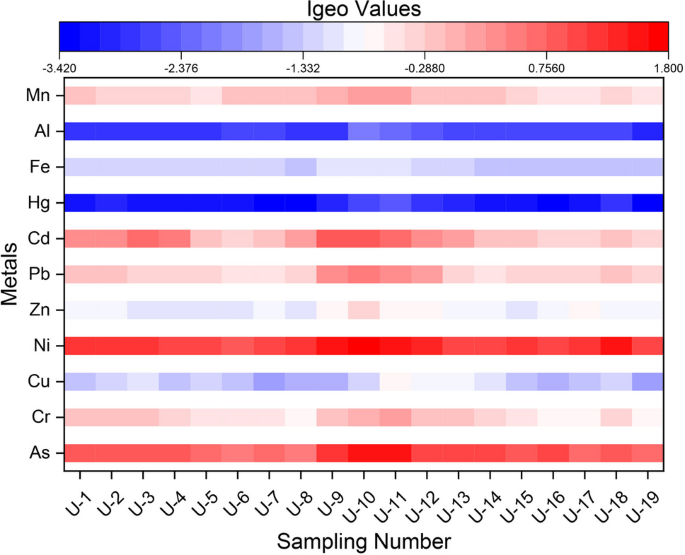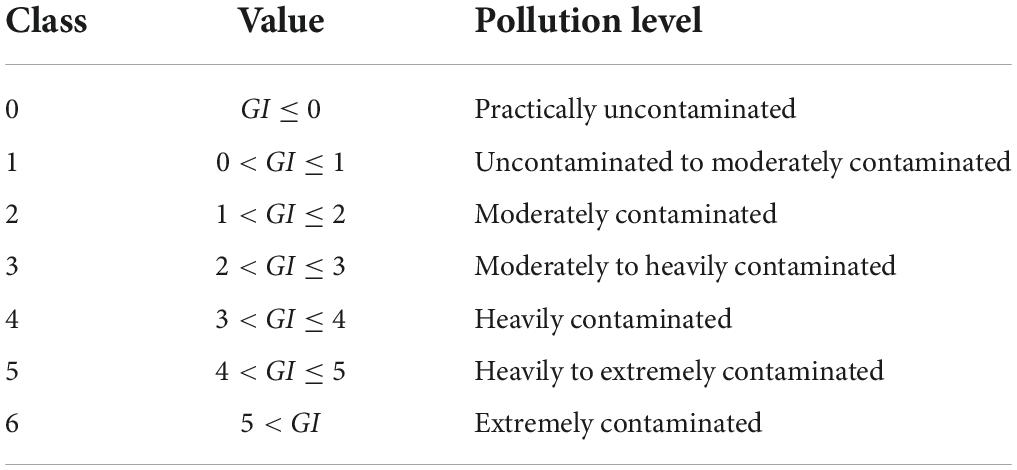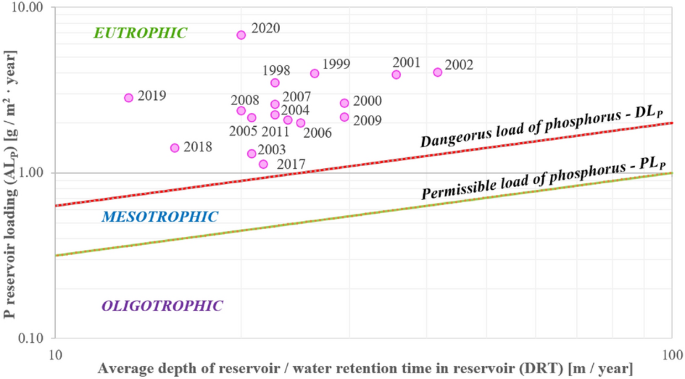Spatiotemporal changes of eutrophication and heavy metal pollution
Por um escritor misterioso
Descrição
Pollution in inflow rivers seriously endangers the water environment in downstream lakes. In this study, an inflow river system of the Baiyangdian–Fuhe river system (FRS) was investigated to display timely pollution patterns of eutrophication and heavy metals after the establishment of Xiongan New Area, aiming to reveal the weak parts in current pollution treatments and guide the further water quality management. The results showed that the pollution of eutrophication was worse than the heavy metals in FRS, with serious eutrophic parameters of ammonia nitrogen (NH4+-N) and chemical oxygen demand (COD). There were greatly spatiotemporal variations of the pollution in FRS. (1) Concentrations of NH4+-N and total phosphorus were all higher in summer and autumn, whereas, COD contents were higher in spring; the water quality index (WQI) of eutrophication linearly increased along FRS in summer and autumn, with pollution hotspots around the estuary area. (2) The pollution levels of plumbum exceeded cadmium (Cd) and chromium (Cr) but without strongly spatiotemporal changes; however, Cd and Cr in the town area and Cd in spring showed higher concentrations; the WQI of heavy metals showed single peak curves along FRS, with significantly higher values around the town area. Additionally, the four potential pollution sources: domestic sewage, traffic pollution, agricultural wastewater and polluted sediments were identified based on the pollution patterns and pollutant associations. These findings demonstrated current treatments failed to eliminate the pollution in some hotspots and periods, and the in-depth understanding of the pollution spatiotemporal patterns in this study, especially the pollution hotspots, serious periods and potential sources, are crucial to furtherly develop spatiotemporally flexible pollution treatment strategies.

IJERPH, Free Full-Text

Appraisal of heavy metal contents, spatial–temporal variation, toxic metal pollution, and health risk in water and sediment of Uluabat Lake (Ramsar Site, Turkey)
Water: nutrient and heavy metal pollution 'decoupling' from growth — European Environment Agency

PM2.5-bound heavy metals from the major cities in China: Spatiotemporal distribution, fuzzy exposure assessment and health risk management - ScienceDirect

Evaluation of ecosystem health and potential human health hazards in the Hangzhou Bay and Qiantang Estuary region through multiple assessment approaches - ScienceDirect

Sulfur-containing compounds mediate heavy metal transport

Spatiotemporal changes of eutrophication and heavy metal pollution in the inflow river system of Baiyangdian after the establishment of Xiongan New Area [PeerJ]

Distribution of heavy metals in sediments with respect to TEC/PEC

Water, Free Full-Text

Sustainability, Free Full-Text

Water, Free Full-Text

Frontiers Spatiotemporal variation and ecological risk assessment of sediment heavy metals in two hydrologically connected lakes

Spatial distribution of TN, TP, NH 3 -N, and COD in surface water of BYD.

Spatio-temporal evolution of eutrophication and water quality in the Turawa dam reservoir, Poland
de
por adulto (o preço varia de acordo com o tamanho do grupo)







